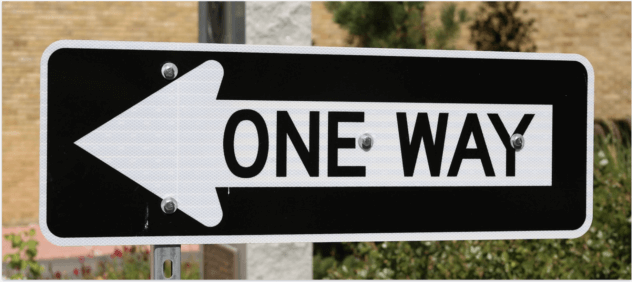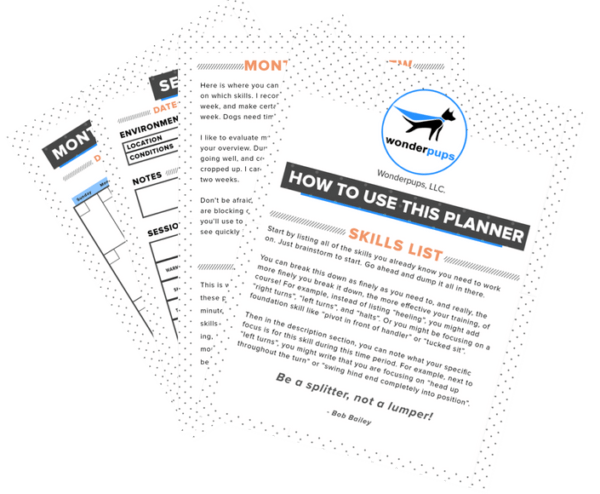
It is important to remember, classical conditioning always only goes one direction.
Bell -> Food
The bell has to predict the food for the bell to cause the dog to drool.
Food THEN bell will not have any effect.
So if your dog doesn’t like a thing, and you want to change his feelings, you have to put the fun part AFTER the unfun part.
Listening to happy music on your way to the gynecologist probably doesn’t change how you feel about your pelvic exam. It’s still not fun. No matter how much happy music you listen to. Maybe having a glass of wine or 6 before your appointment would help, but that’s inebriation, not conditioning.
You may be kind of buzzed, and thus not mind the pelvic exam so much, but it doesn’t actually teach you anything. In fact, you may not even remember the exam.
And worse, eventually, your tolerance will build up until even a whole bottle of wine doesn’t work.
Revving your dog with food or a toy before something worrisome is like having a glass of wine before a trip to the gynecologist.
It may put the dog’s neurological system in a state where things are masked or blunted, but it won’t change the association in the long run.
To effectively change the association, we have to bring the food or toy out AFTER the event we are trying to affect. And that probably means breaking down the event/stimulus/behavior into a small, neutral piece, as we start building that association.
If your dog doesn’t like nail trims, throwing a ball a few times and then trimming his nails won’t work.
To make nail trimming more fun, pick up the clippers, THEN throw the ball. Eventually, hold the toe, and throw the ball. Trim one nail, then throw the ball. And so on. (Obviously, I’m using big chunks to outline the general process. In real life, you’d break this down even farther.)
If your dog stresses during a specific task in competition… maybe the start line lead-out in agility, or stand for exam in obedience, then playing crazy tug before the start line stay doesn’t help in the long run. Again, it may mask the problem, but doesn’t result in counter conditioning.
In all cases, the real solution is to find a way to break down the event or stimulus that is setting off the bad feelings, and find a version of it that is neutral. If your dog worries when you lead out 3 jumps, how does he feel at 2 jumps? When on the timeline do you see that first ear flick or head drop that tells you all is not right in your dog’s world?
Find that spot. Get ahead of when the worry actually starts. And then pair that pre-worry moment with something really good. It may mean setting your dog up in a sit and then throwing the ball. And repeating that often enough to get a powerful conditioned response in a positive direction.
